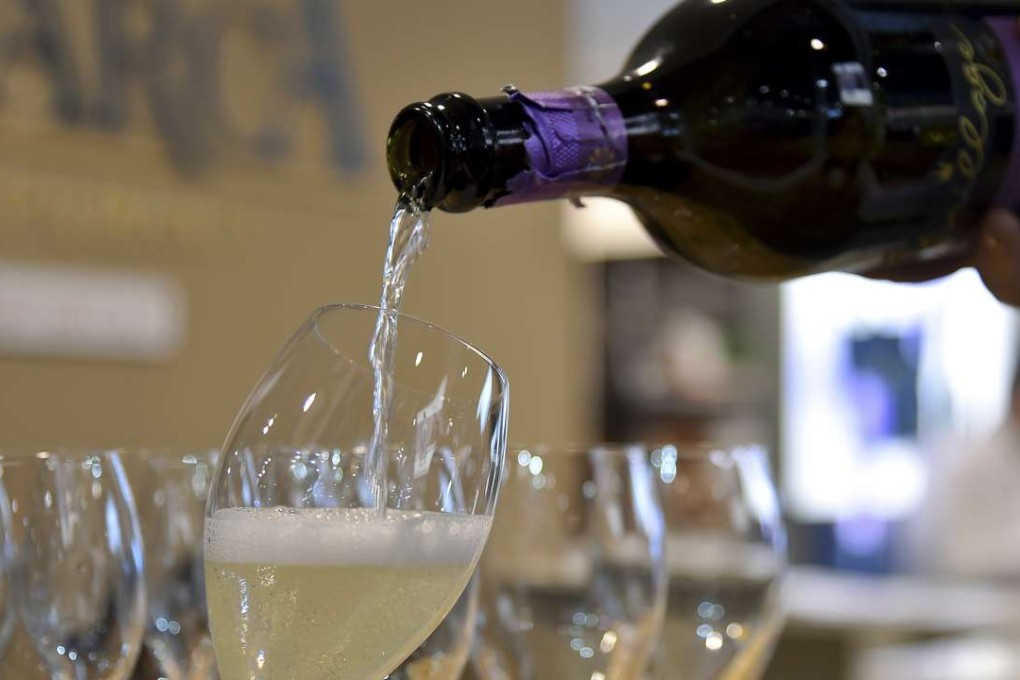Grape & Grain | First came Asti, then prosecco; now it’s time for metodo classico sparkling wine
Jane Anson is blown away by the quality of sparkling wines being produced in Italy’s Piedmont region, which are distinguished by their second fermentation in the bottle – and names 3 to look out for

Twenty years ago, prosecco was barely a blip on the radar of Italian sparkling wine. It was outgunned both at home and abroad by the original sparkling wine of Italy, Asti Spumante.
In the US, producers such as Martini & Rossi ran cheesy television advertising campaigns and sold vast quantities of the sweet sparkling wine, made with the moscato grape and pitched as the perfect partner to fruit desserts. Back in Italy, Asti received its DOCG (Denominazione di Origine Controllata e Garantita, the top quality designation in Italian wines) back in 1993, compared to 1995 for the Franciacorta sparkling from Lombardy and just 2010 for prosecco.

How things change. Today, prosecco is the world’s biggest selling sparkling wine, with close to half a billion bottles sold last year and on course to double that again within the next decade. Sales of Asti, in comparison, stand at 80 million bottles today compared to 150 million a decade ago. Sales have fallen by 30 per cent over the last three years.
“The big Asti producers failed to evolve in the same way as prosecco,” Enrico Gobino says with a shrug. We are chatting over coffee at the Cuvage production facility in Piedmont, northern Italy, opened in 2011. The hot August sun is just rising over the hills behind us in the beautiful Roman spa town of Acqui Terme.
